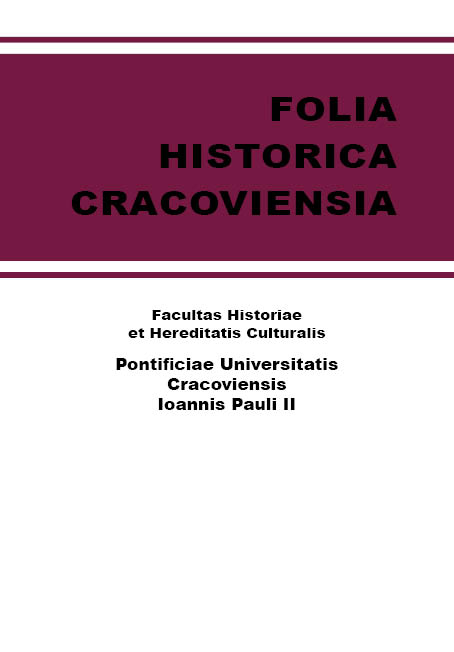Artistic foundations of the Carmelite Order in Silesia in early modern times. Selected issues
Artistic foundations of the Carmelite Order in Silesia in early modern times. Selected issues
Author(s): Dariusz GalewskiSubject(s): Christian Theology and Religion, Visual Arts, Modern Age, 13th to 14th Centuries, Sociology of Art, Sociology of Religion
Published by: Wydawnictwo Naukowe Uniwersytetu Papieskiego Jana Pawła II w Krakowie
Keywords: Calced Carmelites; Silesian Baroque architecture, counterreformation; Johann Adam de Garnier;
Summary/Abstract: The Order of The Brothers of The Most Blessed Virgin Mary of Mount Carmel arrived in Silesia late in the 14th century, when its first monastery was established in Strzegom. It was however liquidated during the Reformation. Only after the end of the Thirty Years’ War was it successfully regained, and three new locations were opened in Głębowice, Wołów, and Kożuchów. Baron Johann Adam de Garnier, a colonel of the imperial army hailing from Alsace, owner of the estate in Głębowice, played a major role in their design and development. The first two centres are impressive Baroque projects with lavishly furnished churches, while the third is a mediaeval castle entrusted to the monks late in the 17th century and adapted into a monastery, which, besides the Jesuit Otyń, is considered a singularity in Silesia. The essay presents the artistic achievement of Silesian Carmelites based on the state-of-the-art research and emphasises the role of the founder. It is also an attempt at assessing the contribution of the Order to the development of Baroque culture and art in Silesia, which is modest, especially when compared to the neighbouring regions of the Commonwealth of Poland–Lithuania. It also emphasised the absence of the reformed branch of the Order, that is the Discalced Carmelites, in the area. Although the achievements of the Carmelites would be difficult to compare with the impressive heritage of Cistercians and Jesuits who dominated the religious and artistic realm of post-Tridentine Catholic Church in Silesia, it nonetheless merits the interest of researchers in various fields of culture and art.
Journal: Folia Historica Cracoviensia
- Issue Year: 22/2016
- Issue No: 1
- Page Range: 109-128
- Page Count: 20
- Language: English

